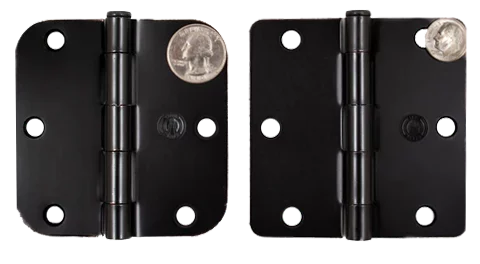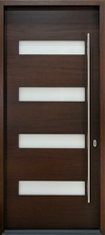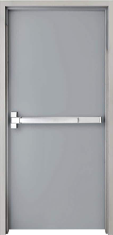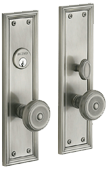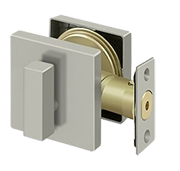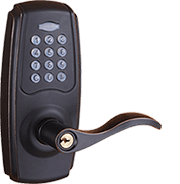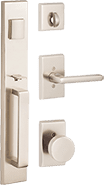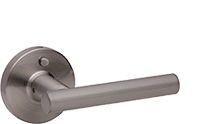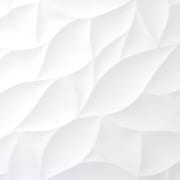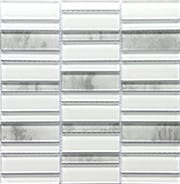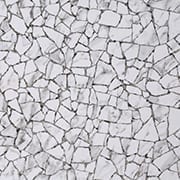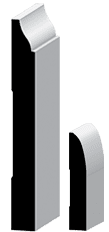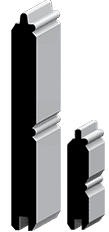Door Hinge Guide
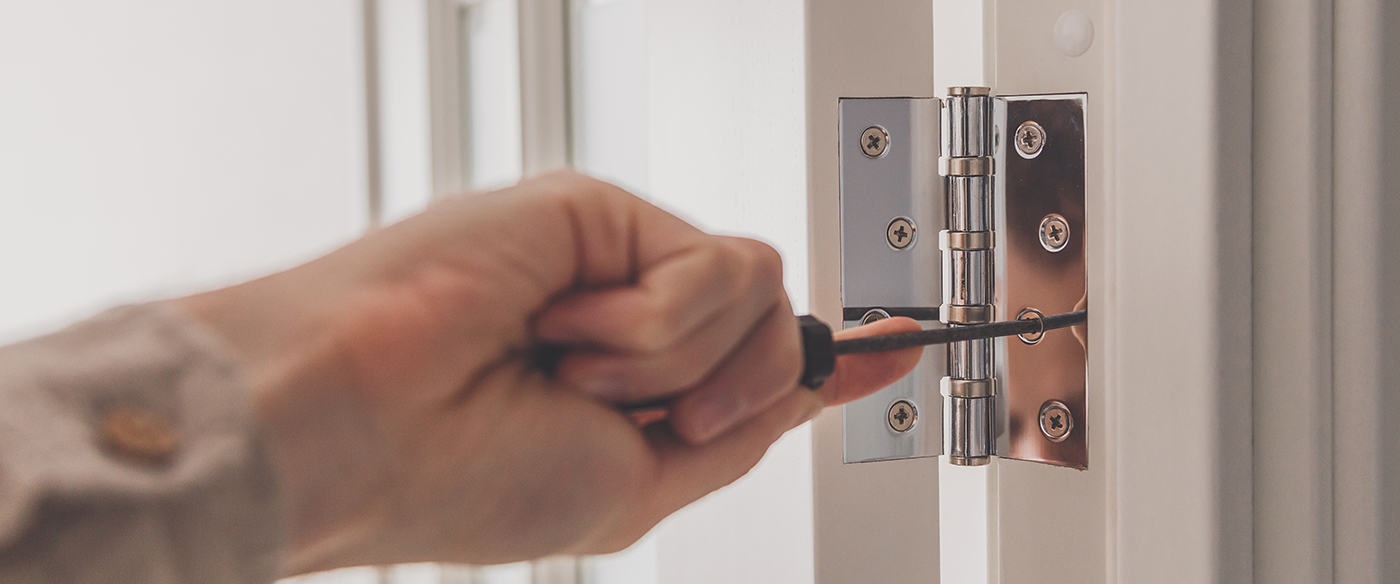
Hinges help open and close a door. There are many types of door hinges available for different applications on residential or commercial doors. This guide is intended to help you select the appropriate hinges for your door and is stated as suggestion only.
The best way to replace existing hinges is to buy the same size and quantity of hinges you already have on your door. Below are a few things to consider before buying hinges for a new door or replacing old hinges.
Hinge Finish is purely cosmetic and there are no benefits to color.
Available Hinge Finishes
We offer architectural finish hinges in the plated steel variety, to satisfy fire-rating requirements. Stainless steel is typically used for exterior outswing applications, due to its excellent rust and corrosion resistance.

US3 Bright Brass

US4 Satin Brass

US10 Satin Bronze

US10B Oil Rubbed Bronze

US15 Satin Nickel

US26 Polished Chrome

US26D Satin Chrome

US32D Stainless Steel

US1D Flat Black

US5 Antique Brass
Available Hinge Types
Radius Corner Standard Hinge
NRP Hinge
Ball-Bearing Hinge
Pivot Hinge
Square Corner Standard Hinge
Square Corner Ball Bearing Hinge
Self-Closing Hinge
Double Acting Hinge
SOSS Hinge
1/4 vs 5/8 Radius Corners - How do you know the radius of your hinge?
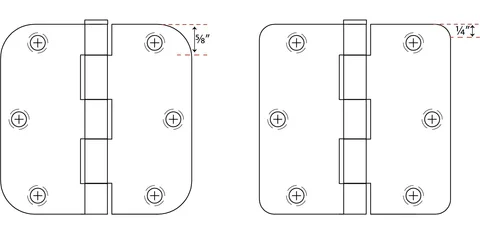
No Tape Measure? No Problem!
If you don’t have a tape measure handy.. and you have 35 cents, then you can easily figure out the radius of your hinge.
Simply take a quarter and a dime and line them up in the corners of your hinge. The quarter will fit inside a 5/8” radius corner, while the dime will fill the inside of a ¼” radius corner.
